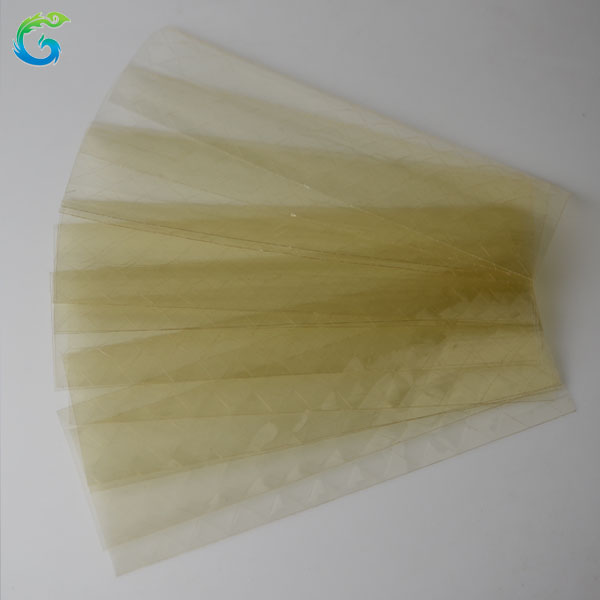

Here are a few shops with some of the most talented gelatin artists around. You can commonly find this dessert at small gelatin dessert shops and through independent gelatin artists. Today, gelatin art is a popular dessert in many parts of the world, and has even been featured on cooking shows and in culinary competitions. Gelatin art then spread to other countries, such as Malaysia, Singapore, and China, where it continued to evolve and become more popular. In the 2000s, this form of edible art became popular in Vietnam, where it was called “thach rau cau.” Gelatin artists in Vietnam developed new techniques for creating more intricate and detailed designs, such as using specialized tools to inject different colors of gelatin into a mold. In agar-agar art, colored agar-agar is used to create intricate designs that are often shaped like flowers or other natural objects. Agar-agar is a type of gelatin made from seaweed that is commonly used in Asian cuisine. One of the earliest forms of gelatin art is known as “agar-agar art,” which originated in Indonesia. The art form is believed to have started in the 1990s and has since spread to other parts of the world. New techniques of jelly art were created in Southeast Asia, particularly in countries like Vietnam, Thailand, and Indonesia. The popularity of aspic and Jell-O salads in the mid 20th century died down over the following decades.

These dessert salads were popular for potlucks due to its simplicity and inexpensiveness. These jelly salads were simply made with flavored Jell-O and ingredients like sliced fruit, marshmallows, nuts, and/or cream cheese. gelatin salads, molded salads, or congealed salad) became widespread. Its primary purpose was to help keep cooked meats fresh.

It was created in 14th century and became popular around the 1950’s and 60’s. One of the earliest iterations of this dish is aspic, a dish made of savory ingredients suspended inside meat stock gelatin. While it can be enjoyable to eat, the main highlight of this dish is on the intricate and beautiful designs that can be created with this unique art form. It’s worth noting that the primary focus is on the visual appeal of the dessert, with taste being a secondary consideration. Some gelatin artists also incorporate fruits or other edible decorations into their designs, which can add additional flavors and textures to the dessert. Generally, it tastes sweet and fruity, with a texture that is soft and slightly chewy. The taste of this artistic dessert depends on the type of flavorings used in the gelatin.
Crystal clear gelatin with sheets full#
For example, the Japanese storytelling jelly “ Fly Me to the Moon” tells a story of a little blue bird flapping its wings towards a crescent moon during the day, which turns into a full moon at night. This type of jello art tells a story by displaying different scenes as you cut slices into it. However, raindrop cakes are not typically decorated on the inside and are covered with flavorings like syrup and kinako powder instead.Ī next-level version of gelatin art is Japanese story gelatin. A form of gelatin cake is a raindrop cake, which is gelatin shaped into a giant raindrop sitting on a surface.


 0 kommentar(er)
0 kommentar(er)
